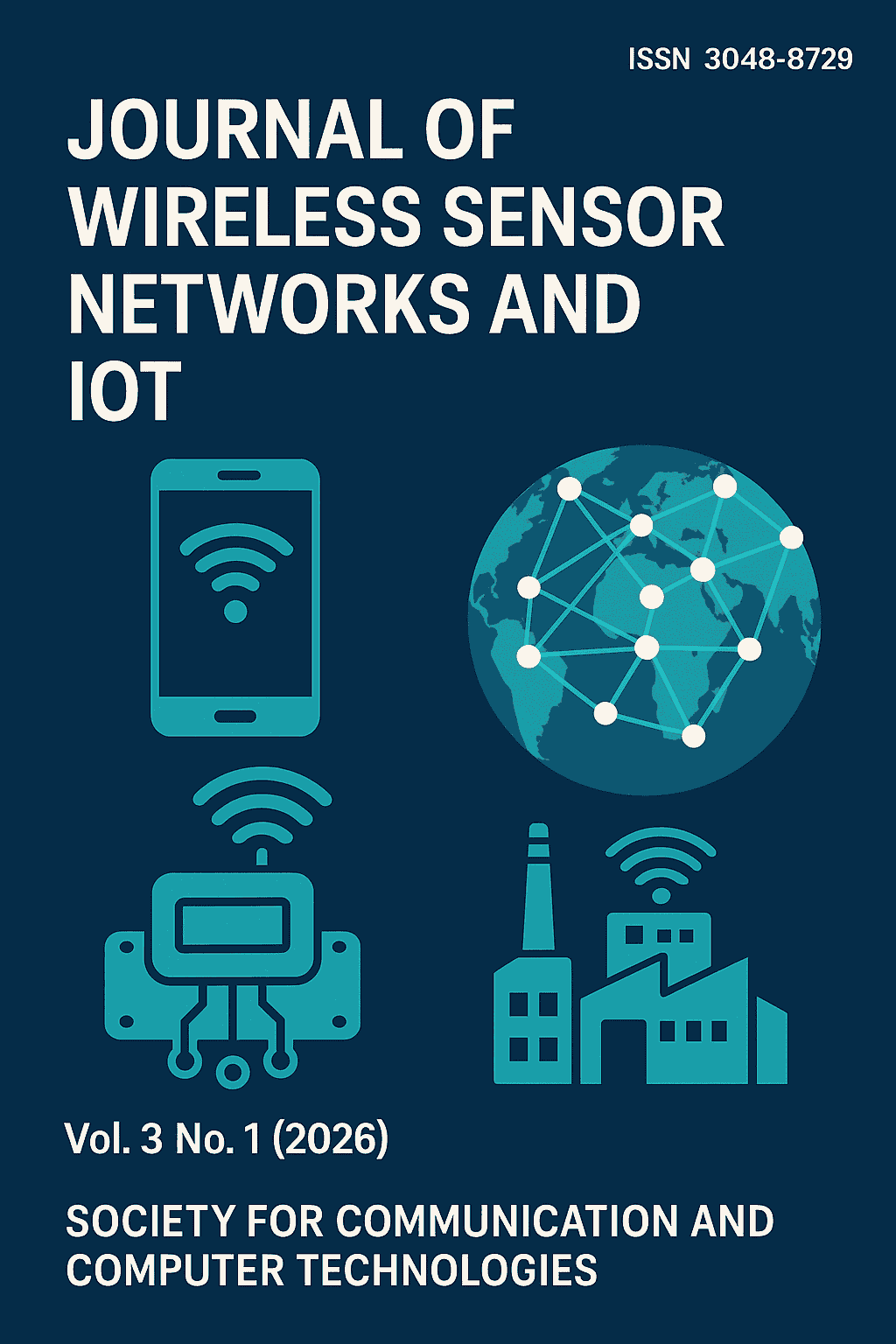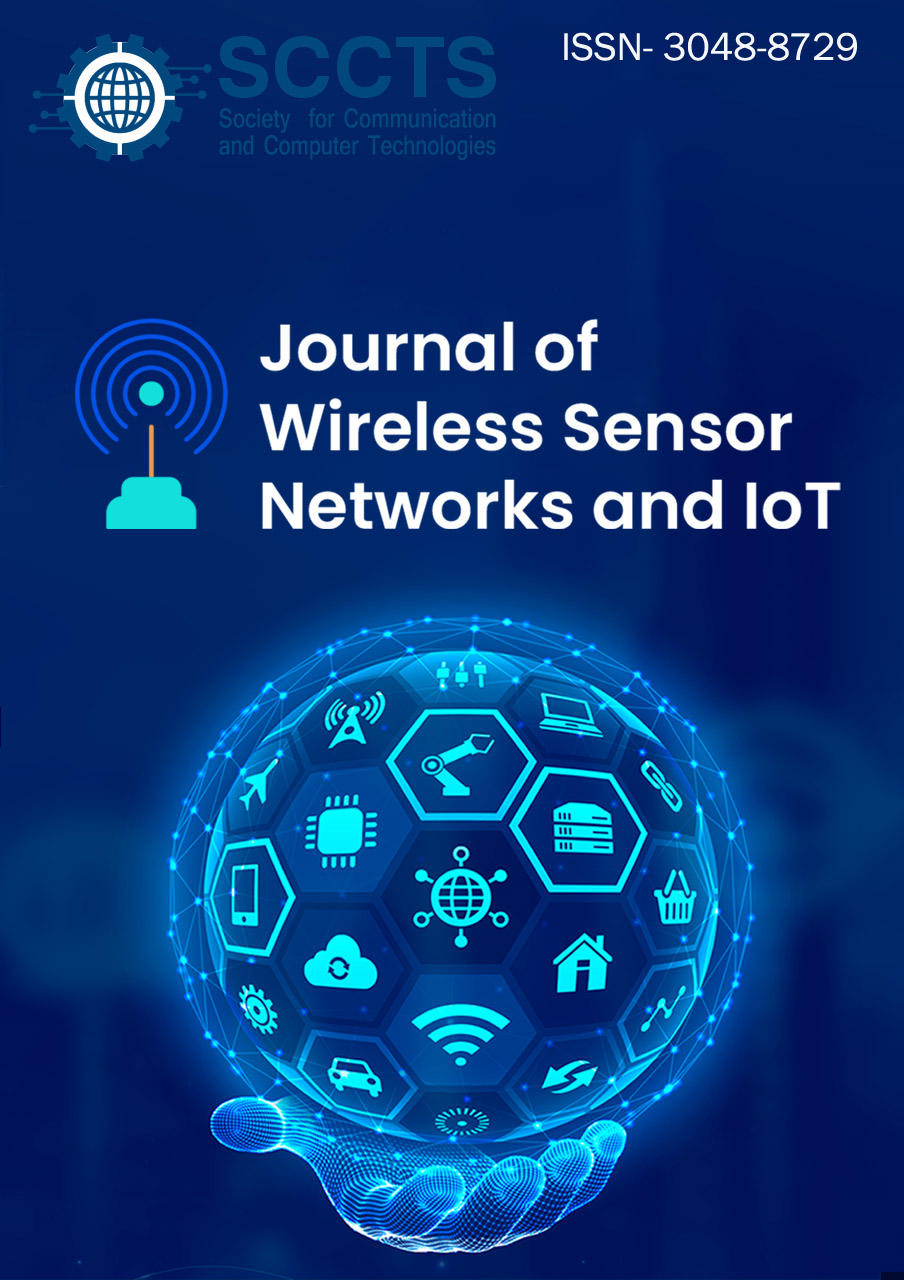Hybrid Zigbee-LPWAN Communication Model for Smart Urban Infrastructure
DOI:
https://doi.org/10.31838/WSNIOT/03.01.09Keywords:
Smart Urban Infrastructure, Hybrid Communication Architecture, Zigbee-LPWAN Integration, IoT Scalability, Energy-Efficient Networking, Smart City ConnectivityAbstract
The transformational of urban areas in smart cities depends on the successful implementation of Internet of Things (IoT) devices, and, therefore, wireless connectivity standards should be scalable, energy-wise, and demonstrate a wide coverage of the areas. Although the current solutions, such as Zigbee and Low Power Wide Area Networks (LPWAN), on their own have their respective advantages, e.g., Zigbee has low power mesh networking and LPWAN has long-range connectivity, none of them can fully support the compound needs of dynamic urban infrastructures in isolation. The new hybrid communication model presented in the paper combines the Zigbee and LPWAN to take advantage of their potential synergetic and exclusive capabilities to offer a unified, solid architecture with respect to smart city applications. The suggested two-tier system makes use of Zigbee mesh networks because of their capability to efficiently convey short-distance communications between IoT devices densely clustered in a defined regional area within the physical environment of a localized urban sector, like buildings, intersections, and neighbourhoods, but gives a small number of Zigbee coordinators LPWAN connectivity so that these clusters may be attached to an urban-wide convergence of the latter in an LPWAN-network. In this hierarchical design, the main technical issues are solved such as easy gateway selection, safe data transmission, effective data aggregation, and protocol networking between Zigbee and LPWAN layers. The hybrid architecture shows better coverage that covers the both small urban and large areas in the city having better network energy efficiency and lifetime due to hierarchical data aggregation of the network and network scalability and availability ever when there is radio interference. The general purpose and adaptability of the model are demonstrated by illustrating the inference to the cases of smart cities, e.g. real-time traffic control, air sensing, and lighting control. Finally, the model proposed addresses the shortcomings of isolated wireless technologies by providing a scalable, adaptive and resilient communications infrastructure in smart cities with its implementation considerations, security precautions and open research issues outlined to facilitate future design choices and rollups.






